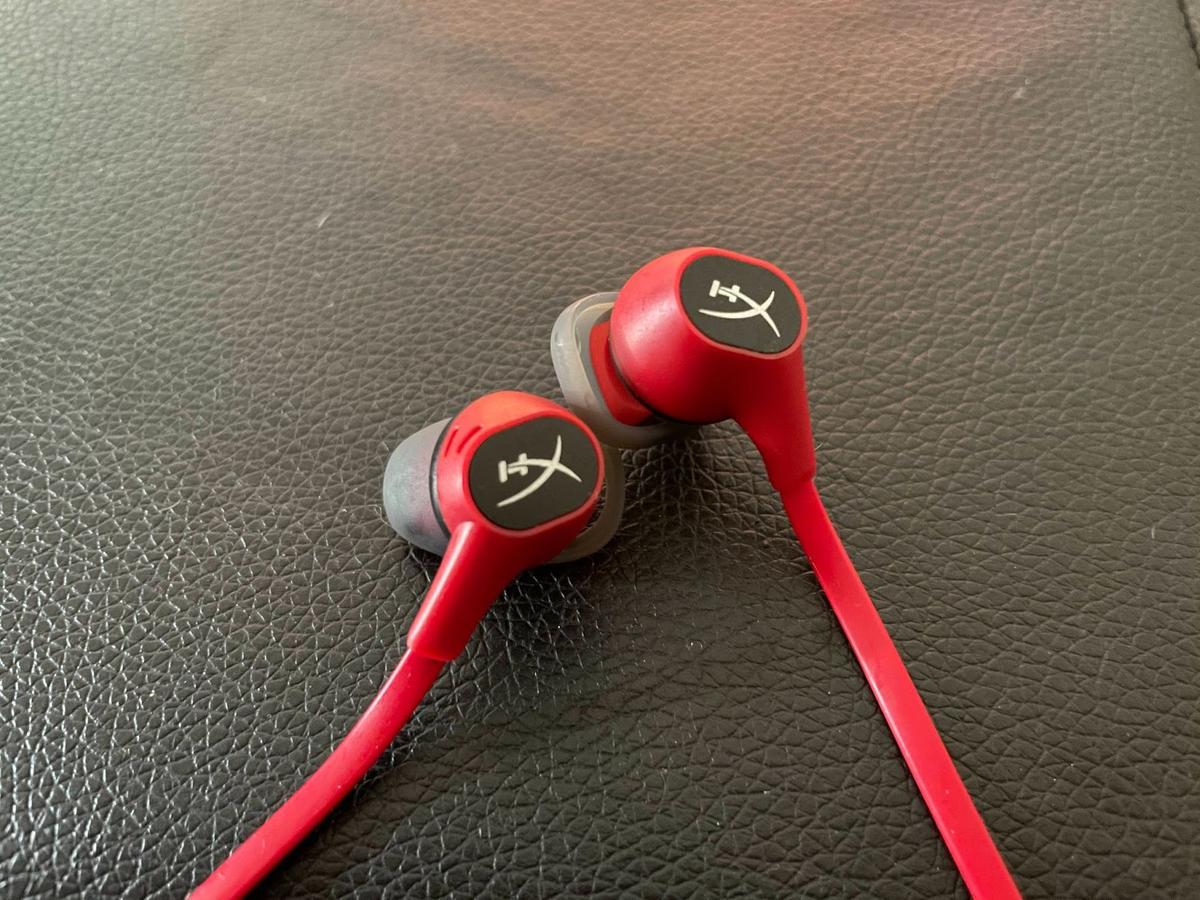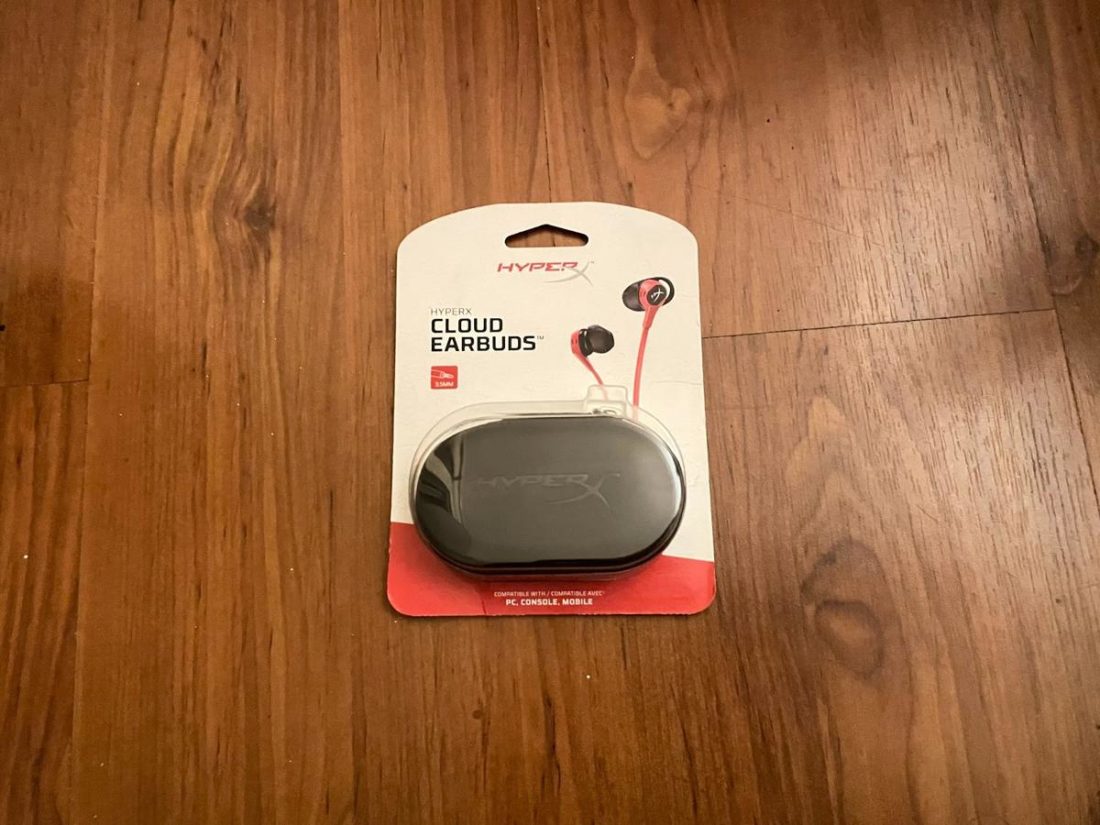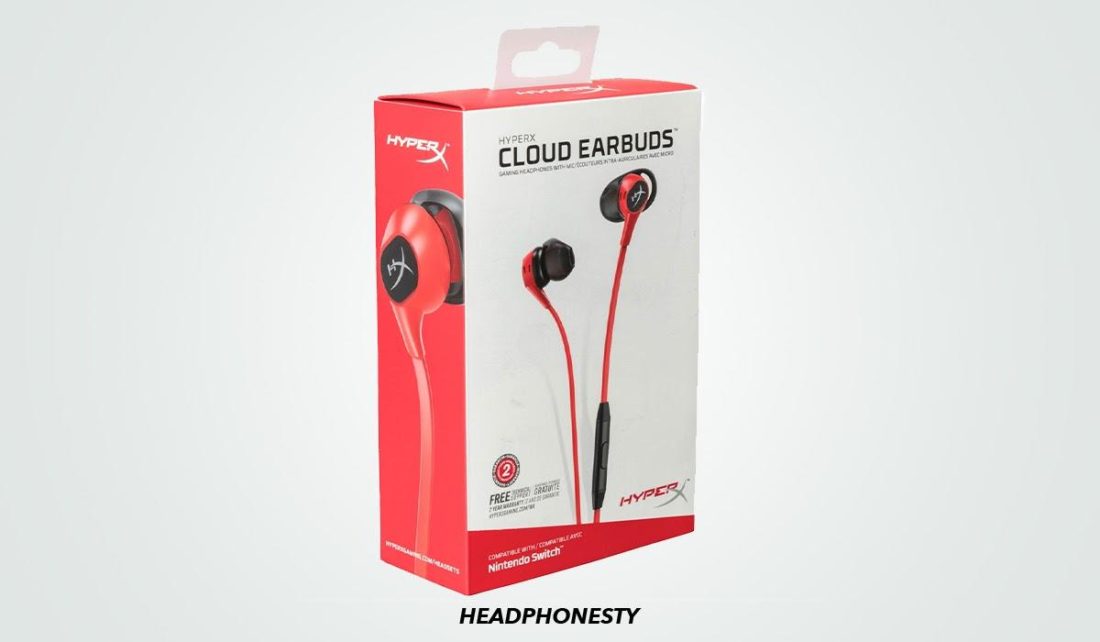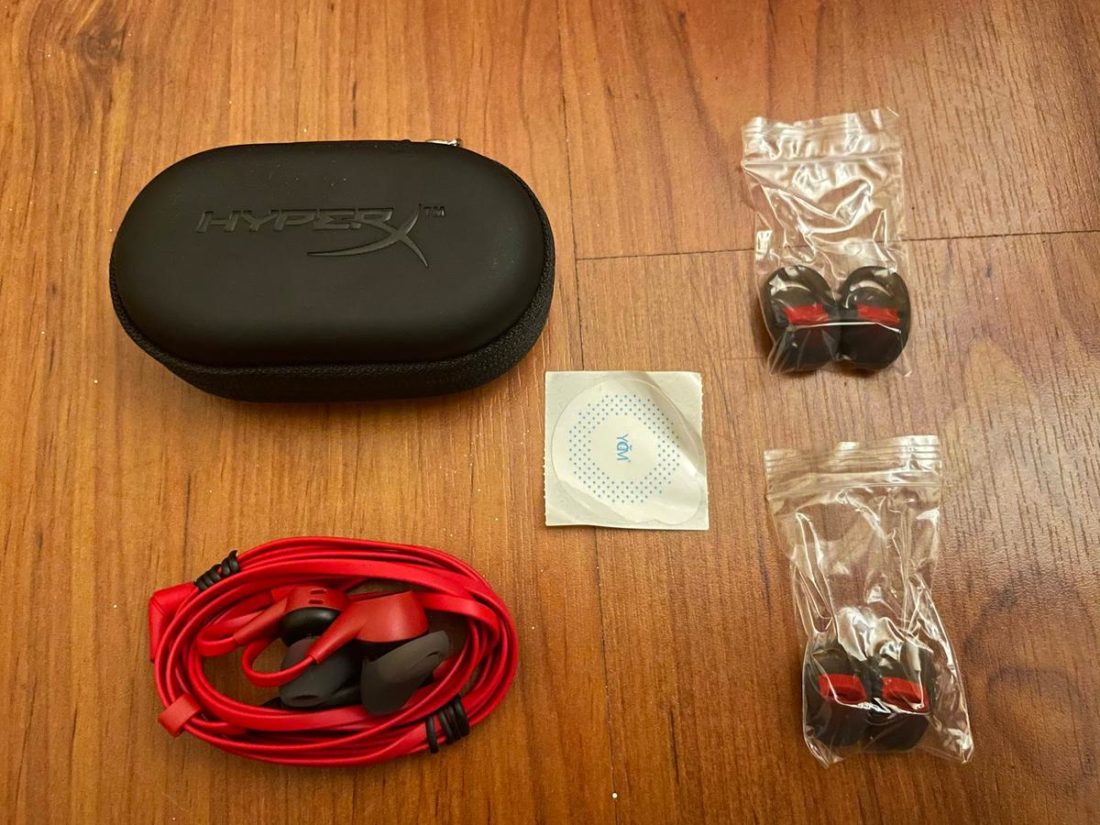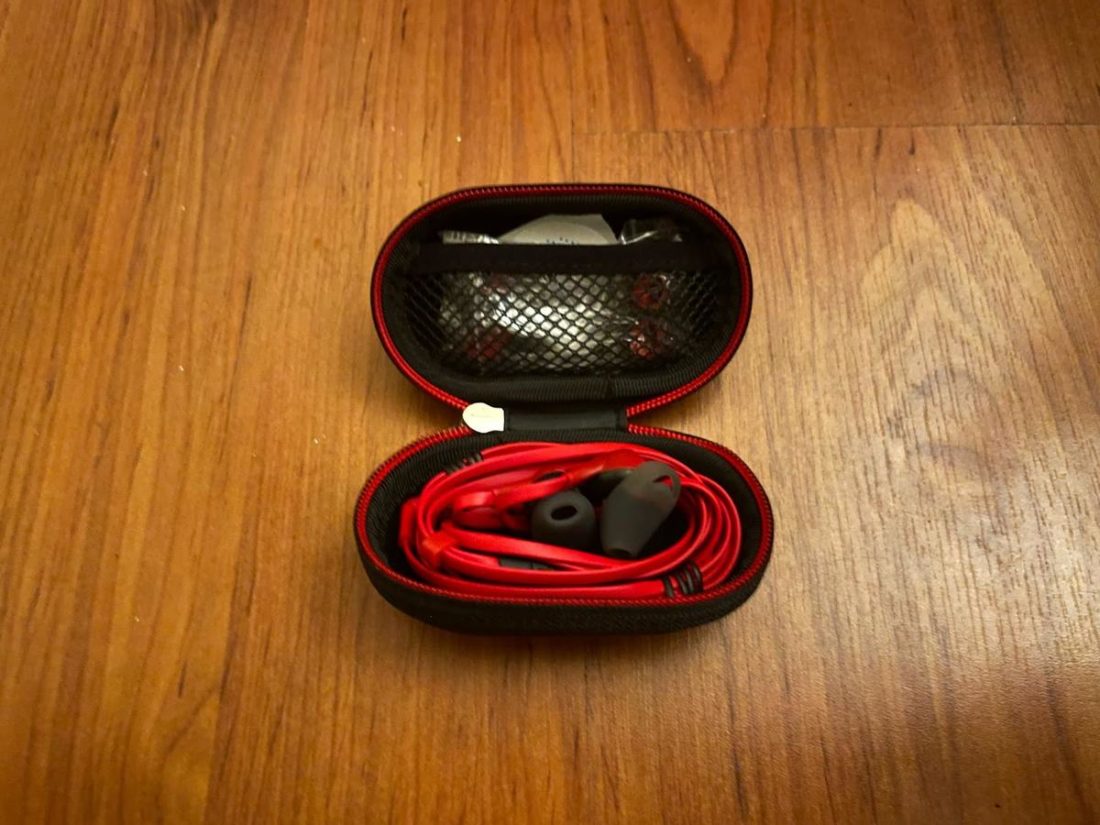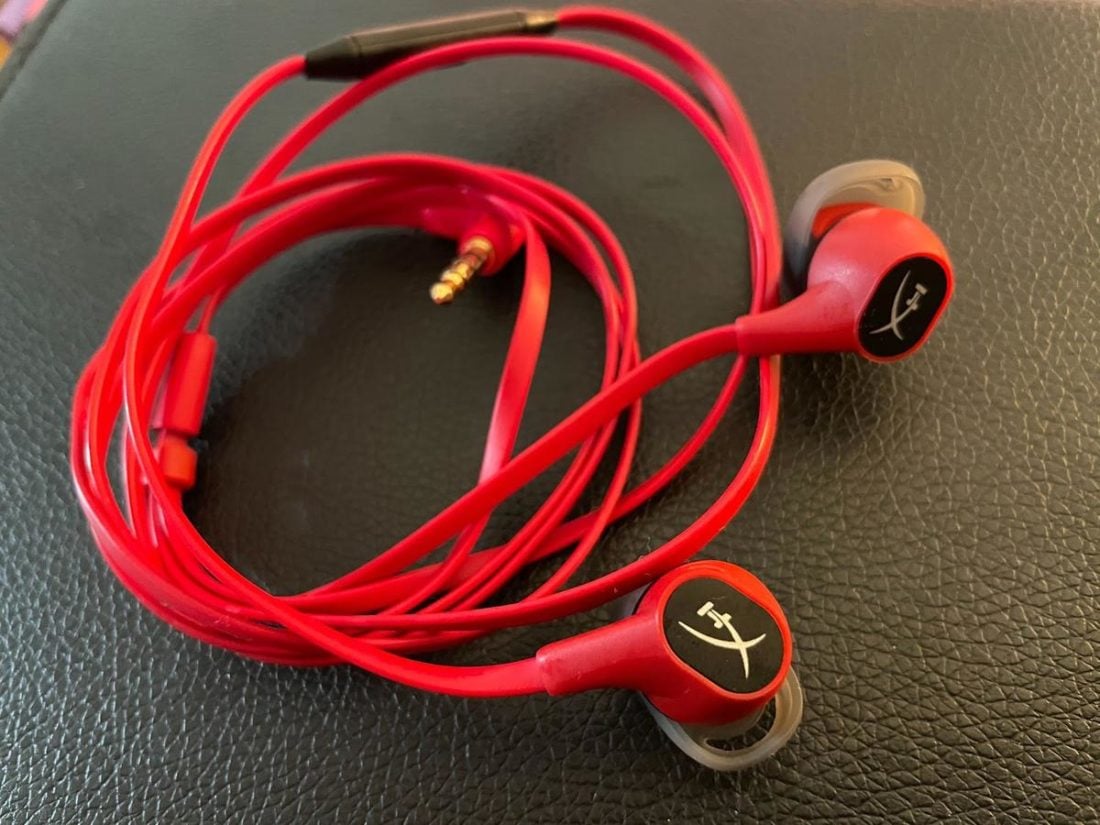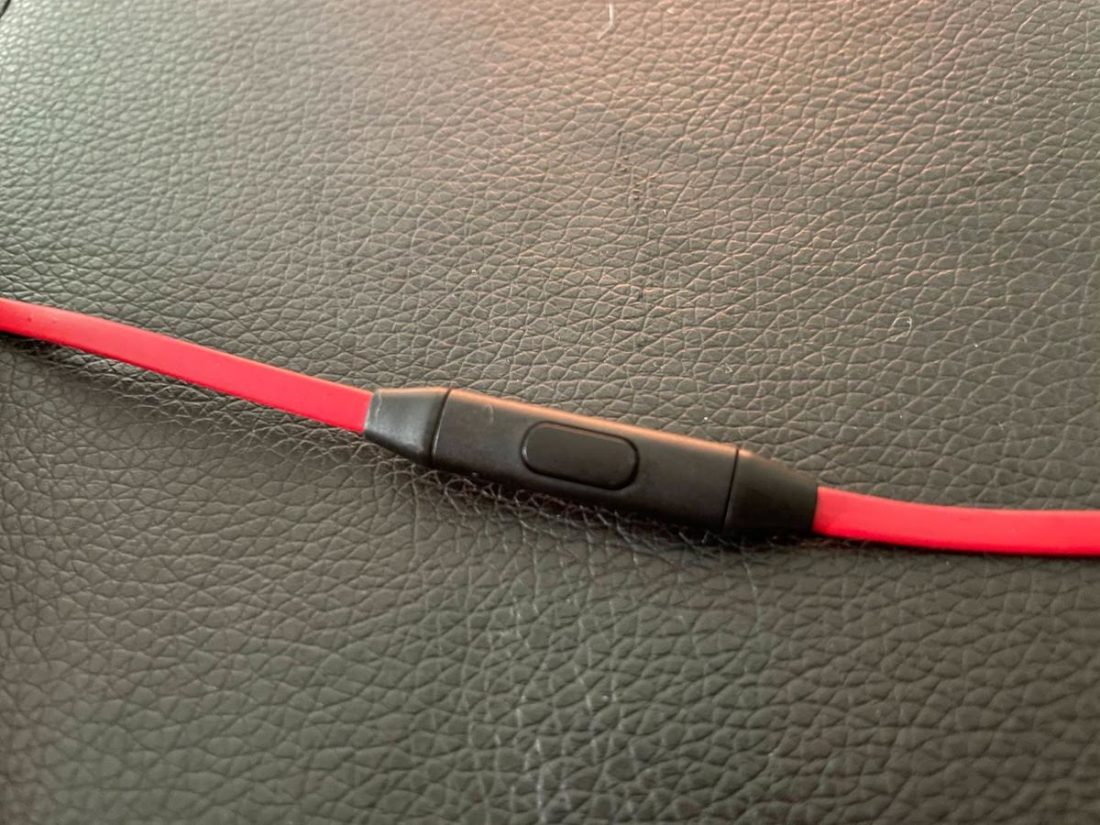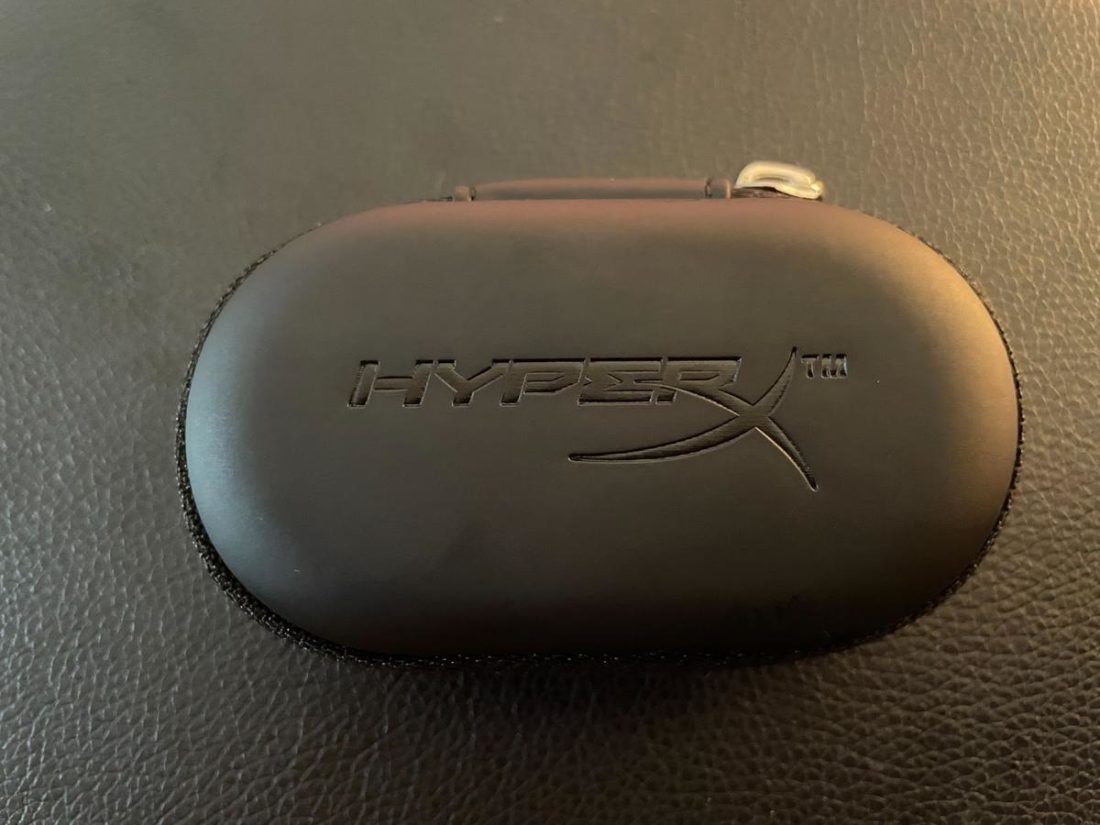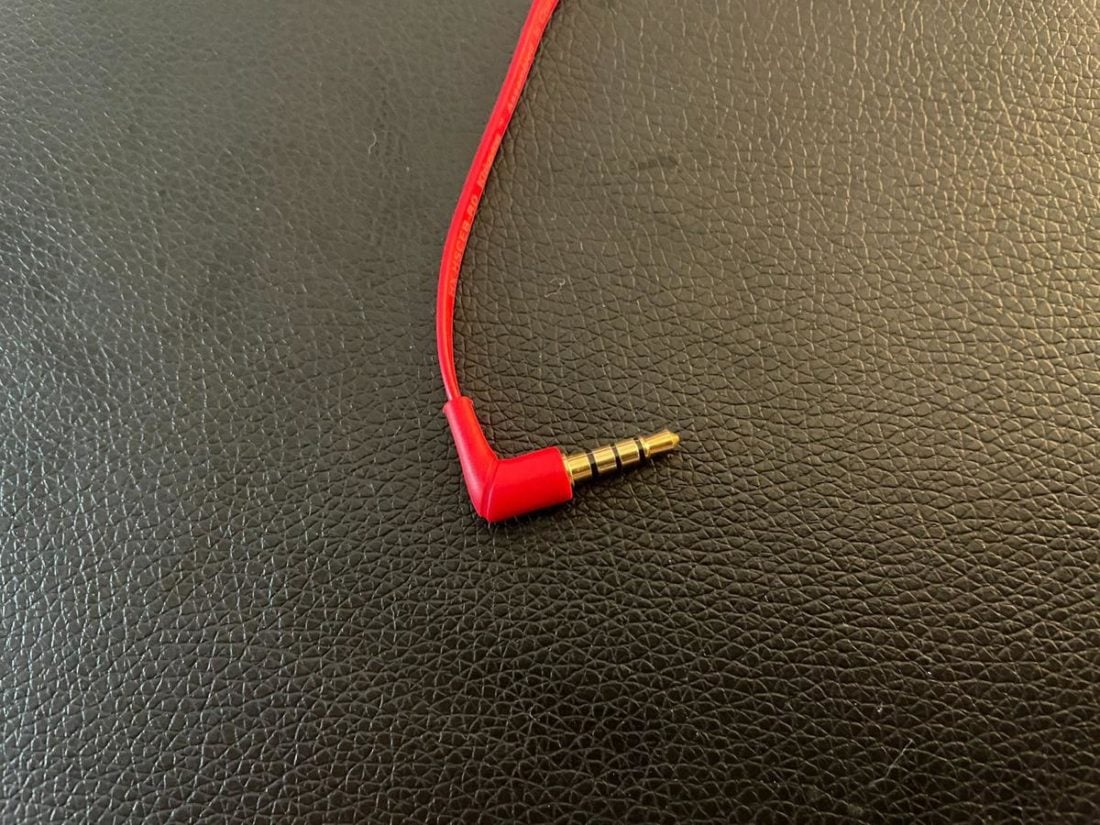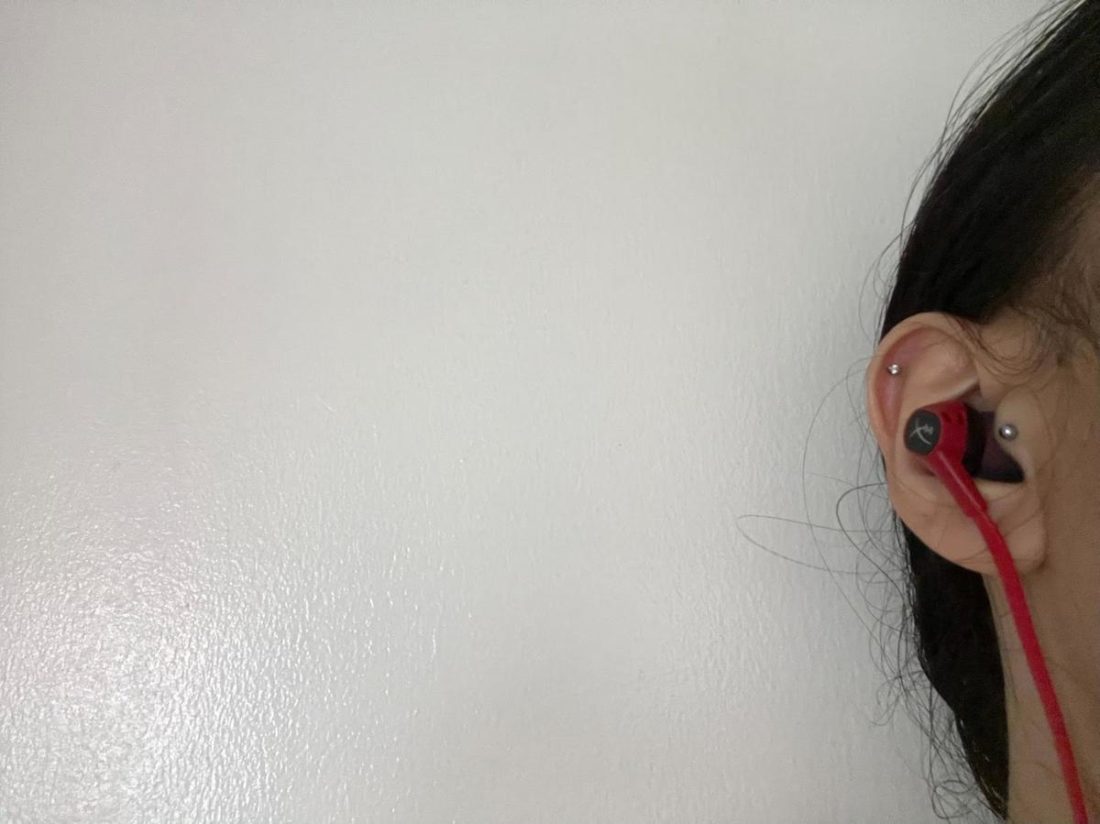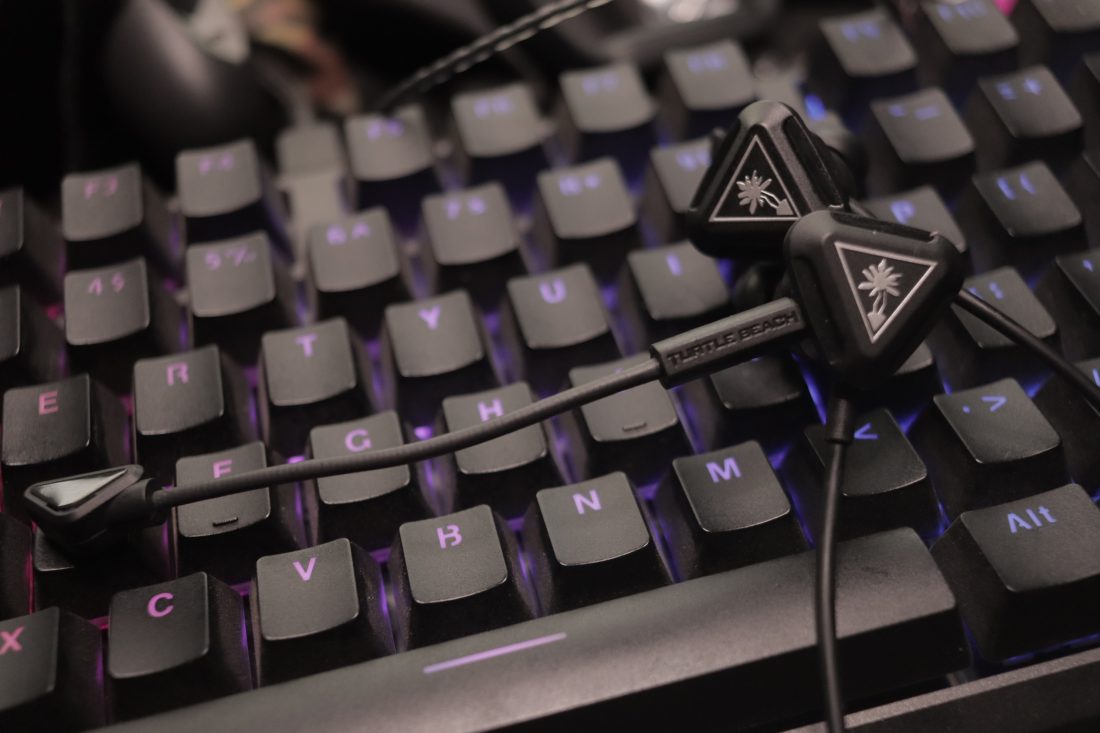With the rise of mobile gaming in recent years, it seems only wise to keep up with the changing times. That’s why it’s only a matter of time for the well-known gaming peripheral brand, HyperX, to release its own gaming earbuds — the HyperX Cloud Earbuds. But while they show promise in portability, many are still hesitant to make the switch from over-ear headsets to gaming earbuds. With HyperX’s eminence in sound quality, are the Cloud Earbuds the stepping stone we’ve been looking for? Find out in this in-depth review!
Company Overview
First established in 2002, HyperX has long since been a prominent, reliable name in gaming. It actually began as the gaming memory brand of Kingston Technology Inc. where it produced high-performance memory for gamers and overclockers. In 2014, HyperX collaborated with QPad to release its first gaming headphones, the HyperX Cloud. Since then, HyperX has been providing a variety of PC, console, and wireless headsets that meet the rigorous demands of gamers, which give them the winning edge and help them stay on top of their game. According to the NPD Group, HyperX was the Number 1 PC gaming headset brand in retail for two consecutive years in 2016 and 2017. And that wasn’t the only milestone it hit in 2016, when it surpassed its 1 million sales mark. The next year, HyperX cemented its place as the official gaming headset partner of the Philadelphia 76ers, the Dallas Mavericks, and Mavs Gaming NBA 2K League Team. The success of the brand hardly slowed down there. In 2018, HyperX won three Red Dot Awards and multiple iF DESIGN AWARDS. Around that same time, it had officially shipped 5 million headsets, proving its name as a global leader in esports.
Technical Specifications:
Headphone Design: In-Ear Drivers: Dynamic 14mm with neodymium magnets Impedance (Ohm): 65 Ohms Speaker Frequency Response: 20Hz – 20kHz Total Harmonic Distortion: < 2% Sound Pressure Level: 116dBSPL/mW at 1kHz Microphone Type: Electret condenser microphone Polar Pattern: Omni-directional Mic Sensitivity: -42dBV (0dB=1V/Pa,1kHz) Mic Frequency Response: 100Hz-6,300 Hz Audio Jack: 3.5mm TRRS Cable Type and Length: 4 pole, 1.2m Weight: 19g
Packaging
For a premium brand, I was quite taken aback by the packaging. It looks like something you’d pick up at your local convenience store. This is apparently the new packaging. However, I much prefer their previous packaging choice, which is a more luxurious-looking and secure cardboard flip-top box. It’s unclear why they made the switch, but I don’t agree with HyperX’s design decision on this one. This version I received hardly seems secure or safe. It feels very cheap, to say the least. Plus, you don’t see the actual earbuds themselves in the packaging. They’re contained in their pouch, which is enclosed in plastic. The disappointment in their packaging makes me hope that whatever money they saved on the packaging, they splurged on the quality instead.
In the box
HyperX IEMs x1 Extra pairs of ear tips x2 Travel pouch Sticker
First off, the pouch is simple, yet looks quite elegant if you ask me. The HyperX logo on top is a nice touch. I like that they didn’t choose to be flashy with their name on it, and decided to go with an embossed design. I pulled the zipper of the pouch and was greeted with a lovely sight of the IEMs very neatly contained inside. Upon closer look, it turns out to be fastened together with a cable tie. I like this a lot, as it prevents tangling and keeps it from spilling out once you’ve opened the very compact case. The other half of the pouch sports a mesh pocket, where I found two separate plastic baggies with extra ear tips inside.
Design
The Cloud Earbuds only come in one colorway, representing the brand’s famed color palette of red and black. They have quite a peculiar design. The silicone ear tips double as stabilizer wings, with small slits that serve as a grip on your ears to keep the IEMs from falling off. HyperX chose to stay faithful to its signature colors and added its logo on each earbud. This makes them stand out quite a bit. Any pro gamer can take one look at these IEMs and will know intuitively that they’re meant for gaming. IEMs don’t usually look like they’re made for gaming, but somehow the HyperX has managed to do just that.
Cable
I found the cable to be quite unique. It’s flat and sports a bright red color. It definitely stands out and helps give that gamer edge to the overall design. The length is perfect for mobile devices. It doesn’t tangle very easily as well, which is supposedly the objective of the flat cable design in the first place. I still would’ve preferred the braided nylon cables that are common in gaming headphones, but the rubber material of the cable seems sturdy enough. Over time, its color will probably fade though. One feature that surprises me is the inline control. There is only one button on it — the multifunction switch. From what I’ve read, this multifunction button is mostly meant for answering calls and playing and pausing music. But, for gaming sessions, this multifunction button is basically useless. It didn’t do anything when I tried to use it on my Nintendo Switch. Finally, the right angle jack is another feature unique to the Cloud Earbuds. This design choice is very handy, as it makes them very comfortable when being used on handheld devices.
Connectivity
The jack, of course, is the standard 3.5mm TRRS plug. This makes it compatible with any device sporting 3.5mm CTIA standard connectors. Much to my disappointment, there is no Y-cable splitter, and so I’m unable to use it on my PC. Then again, the Cloud Earbuds are meant primarily for mobile gaming. A little more versatility with an included Y-cable would have been preferable, but for handheld gaming consoles, they work just fine.
Build Quality
The first look at the packaging discouraged me a little at first, but I was quickly won over by the quality of the pouch. It feels very luxurious with its matte rubber exterior. It seems durable like it would not get scratched or dented easily. As I had hoped, what they lacked in packaging, they had indeed splurged on the materials instead — which is probably not a bad decision. I’m definitely wooed over. Though everything is neatly packed together, there still seems to be some excess space left. Nevertheless, everything feels very safe inside. However, for a relatively steep price point compared to other gaming earbuds, I would have expected the material to be a little more deluxe than plastic. Even the earpieces seem to be made of the same material as the wire, albeit slightly more rigid. This makes for a very uniform appearance, but it’s hardly an imaginative one. They look and feel sturdy enough and they’re very lightweight, but it’s hard to tell how long they’ll last the tests of time. While we’re talking about deluxe, the 3.5mm plug actually sports a shiny gold plating, intended to prevent rust from forming. It’s quite interesting to see in which areas HyperX chose to put in the more lavish details.
Comfort
The Cloud Earbuds are supposed to feature an in-ear design, however, I can’t say that this is actually the case. They don’t actually go inside the ear, but rather they sit just over the ear cavity. My ears weren’t sealed and there’s no vacuum inside, but this doesn’t pose much of a problem. The patented silicone ear tips are very comfortable to wear. They feel a bit loose, but not too much like they’re going to fall out. Their unique shapes make them smooth and easy to remove.
Sound Quality
As expected from HyperX, they did not disappoint in sound quality. The 20-20kHz frequency matches well with crisp mids and decently-rounded highs. It’s hard to cancel out noise completely with earbuds, but the Cloud Earbuds are still able to reduce environmental sounds, at least to the point that they sound muffled. Fortunately, they weren’t too distracting while playing immersive games, such as Legend of Zelda: Breath of the Wild. In an effort to achieve total sound isolation, I turned the volume up to the maximum level, but this resulted in major sound leakage. Anyone around you is sure to hear whatever game you’re playing. However, I managed to hear every subtle detail, such as the wind direction or the ocean waves. For a pair without an active Surround Sound feature, this was pretty impressive. In Fortnite, gunshots and explosions sounded clean and full without the mids or lows being drowned out. But I would have liked to feel them better with a little more bass. However, this would wreck the balance of the rest of the spectrum. In contrast to my experience, the Cloud Earbuds were actually advertised to come with enhanced bass. But it’s not to say that this is all too disappointing since the lack of bass helps make certain sounds, such as explosions, seem more realistic. However, the voices of my teammates came in clearly, and in-game sounds such as footsteps had some weight to them. Determining the position of your enemies came quite easily, which I found to be impressive, though it could’ve been much more with a surround sound feature.
Microphone Quality
The microphone is fine, but still a little too sensitive in the sense that it catches noise in your background. It picks up the sound of my breathing as well. Perhaps this is a disadvantage to it being an omnidirectional microphone. However, as I mentioned, the Cloud Earbuds don’t have noise cancellation, so this isn’t too surprising. Despite that, I didn’t observe any instances of my voice cutting off. There’s a slight reverb to it though. Here’s a recording of what I sound like on the microphone in a completely silent room, compared to what I sound like with noise in the background:
Comparisons
One major difference between the Cloud Earbuds and the Turtle Beach Battle Buds is the removable boom mic. This is a unique design feature that really makes the Battle Buds stand out in the competition. But the boom mic advantage seems to end at the design. Compared to the HyperX Cloud Earbuds, the Battle Buds’ boom mic actually falls short in quality because of the echo and high sensitivity. Yet, the Battle Buds also have in-line volume controls, which is an essential tool in gaming. This is a key feature missing from the Cloud Earbuds. In terms of comfort, the Cloud Earbuds definitely win. Both pairs make use of unique ear tip shapes. But with the Battle Buds, they brought discomfort, while for the Cloud Earbuds, they made them extremely comfortable on the ears. Moreover, the Battle Buds come with a soft carry pouch that you tie together, whereas the Cloud Earbuds use a hard, rubber zip-up case. This adds a winning point for the Cloud Earbuds. My choice, without a doubt, goes to the HyperX Cloud Earbuds. Even though it lacks a detachable mic and proper volume control, they still perform way better compared to the Battle Buds in all other aspects.
Where to Buy
Conclusion
The Cloud Earbuds are a great choice for anyone looking to switch to in-ear gaming headsets. The sound is superb, they’re incredibly comfortable, and overall, they’re worth the purchase. And even though you can’t expect too much in terms of sound isolation or microphone quality, you should still be able to have a decent gaming experience. However, your games may be disrupted because of the missing in-line volume controls. IEMs are tricky to work with when developing a gaming headset that can live up to the typical over-ear ones, but HyperX managed to deliver well. These can be good for those who only require the bare minimum in their gaming headphones. Just keep in mind that, despite the decent sound and mic quality, these still lack gaming features, like the surround sound and advanced controls, which we can almost always find in typical over-ear gaming headsets. But if you’re anything like me and you’re just looking for something portable, easy to wear, and sound great, then you’ll be perfectly content with the Cloud Earbuds.
